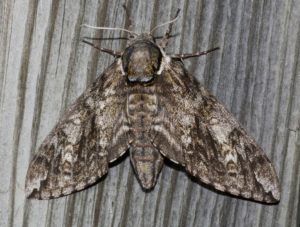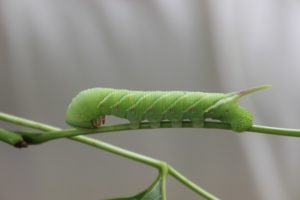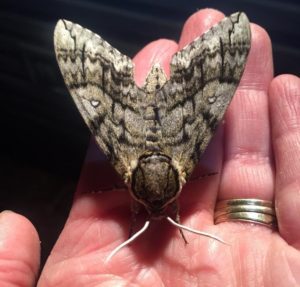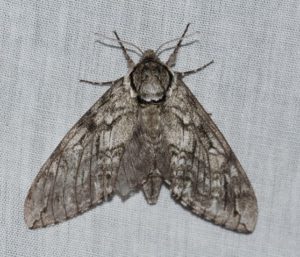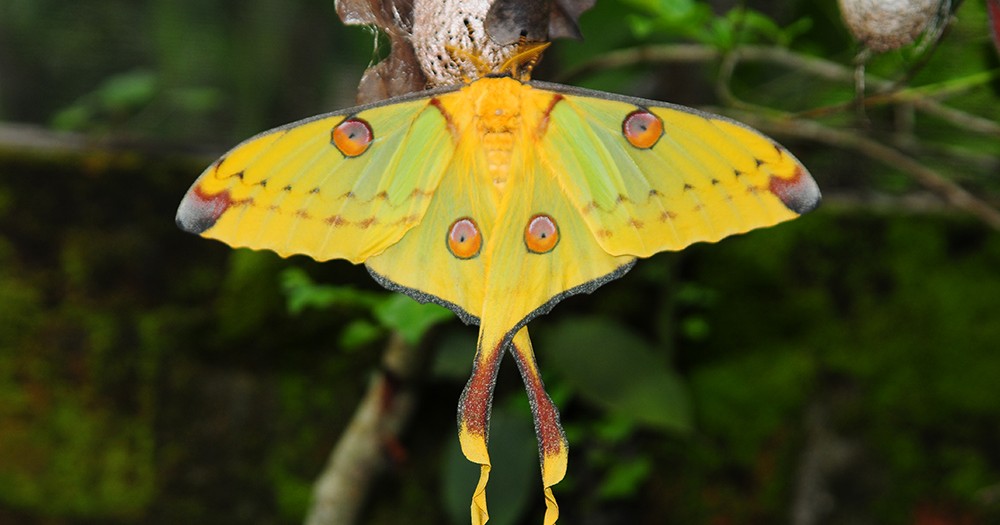Waved Sphinx Moth (Ceratomia undulosa)
It appears green, with a touch of red. Its body has yellow diagonal lines leading towards a yellowish or whitish horn on its eight abdominal segments. Though long and pointed, the horns are not poisonous. Each side is also marked with red spots.
test.com
Scientific Classification
- Family: Sphingidae
- Genus: Ceratomia
- Scientific Name: C. undulosa
Description and Identification
Caterpillar
It appears green, with a touch of red. Its body has yellow diagonal lines leading towards a yellowish or whitish horn on its eight abdominal segments. Though long and pointed, the horns are not poisonous. Each side is also marked with red spots.
Pupa
They pupate underground and overwinter.
Adult Moth
Sexual Dimorphism: Present but not prominent.
Color and Appearance
These moths range from light yellowish-brown to being almost black. The thorax is brown and furry, ringed with black and white lines. The hair at the end of these rings is lighter and almost looks like eyes.
Forewing: When opened, they arepale brownish-gray, having wavy black and white lines running across it, alongside a white cell spot at the center outlined in black. When closed the wavy lines and patterns against the brownish background remains unchanged.
Hindwing: The hindwings are gray, with diffused dark bands and checkered black and white fringes when opened. When closed, the pattern is similar.
Average wingspan: /strong>3-4.31 in (7.6 – 11 cm)
Flight pattern: March to October in the south; May to August in the north
Season: Not recorded.
Egg
These are pale green, medium in size, with an incubation period of about eight days.
Quick Facts
| Other Names | Scorpion Moth |
| Distribution | United States and southern Canada |
| Habitat | Both open areas and forests |
| Predators | Guiana Striped Scorpion |
| Lifespan of Adults | Not recorded |
| Host Plants | Hawthorn, ash, fringe trees, and privet oaks |
| Adult Diet | Does not feed |
Did you know
This moth was previously called the “Scorpion Moth”, on the misconception that it gave birth to its predator – the Guiana Striped Scorpion – due to the close proximity of the location of the two species.
Scientific Classification
- Family: Sphingidae
- Genus: Ceratomia
- Scientific Name: C. undulosa

